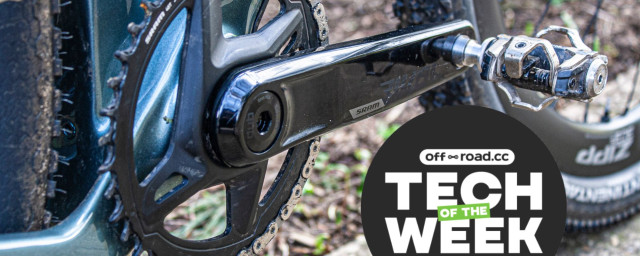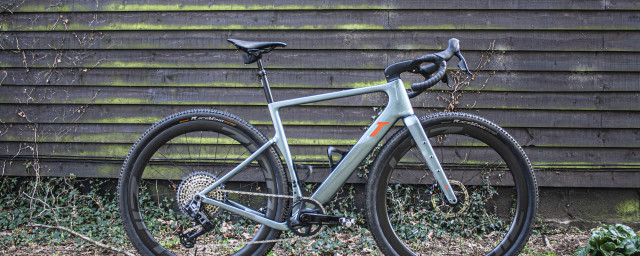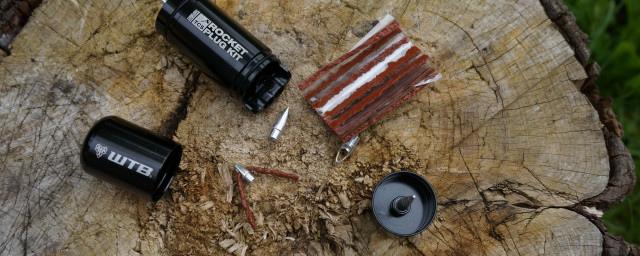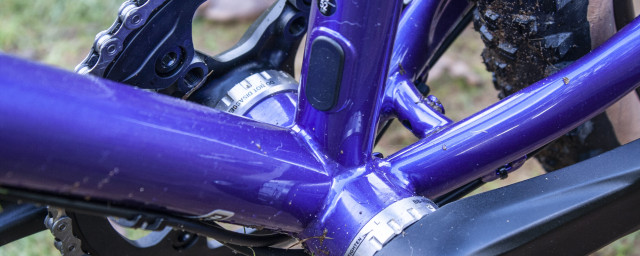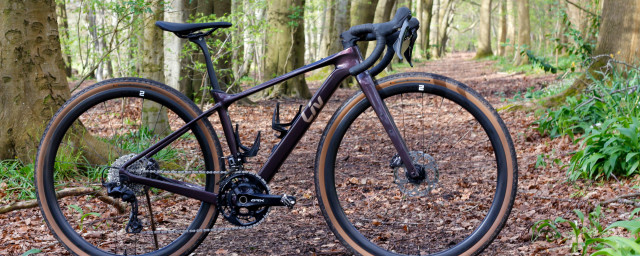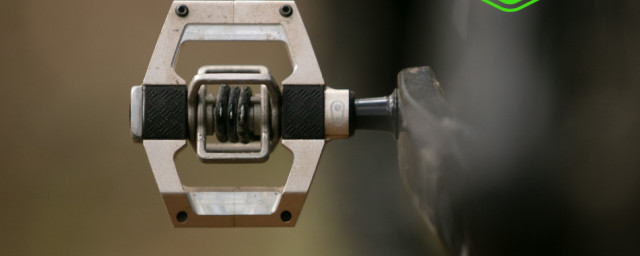Stans No Tubes was the first brand associated with tubeless tyre sealants. Created over 20 years ago it has become the go-to option for riders around the world. As the best tubeless sealant market continues to grow, can the original old timer still cut it against the newer options?
- WTB TCS Tubeless Tyre Sealant review
- Peatys Holeshot Biofibre tubeless sealant review
- Vittoria Universal Tubeless Tire Sealant review
Stans No Tubes Tire Sealant – Technical details
The solution pictured here is the standard version of sealant, using natural latex and a small amount of ammonia that prevents it from drying out quickly. No Tubes is one of only a few brands that continue to use natural-based latex with ammonia and one reason as to why it's one of the remaining few is because of the allergic reaction a minority of people have to latex.
The sealant contains small particles designed to block any punctures but they are very small, and you can barely feel them within the liquid. Compared to Stans No Tubes Race sealant the difference is quite pronounced.
There are multiple bottle options available, all based on imperial sizes with the smallest being 2 ounces (60ml), the pint (473ml) size and the largest being the quart (946ml). When testing, the sealant was poured directly into the tyre carcass but there is also the option of injecting through a valve core owing to the low viscosity.
Stans No Tubes does not give a pressure suitability range but it does state it can be used on road bikes and all forms of off-road bikes. The lowest temperature limit is -28 degrees Celsius.
Recommended quantities range from 60ml up to 120ml for 4in fat bike tyres. The 47mm tyres used for testing, contained 80ml (per tyre).
Stans No Tubes Tire Sealant – Performance
To test sealant performance, we created a standardised puncture test to assess each contender. The same exact tyre on the same rim for each sealant. The tyre used was a Halo GXC, measuring 47mm. Tyre sealant was added in the amount suggested by the manufacturer, and the tyre was inflated to 40psi. This pressure was chosen to give a realistic tyre pressure for all areas of off-road riding. A digital tyre pressure gauge was used to ensure that the pressure was identical on each test. After that, the tyre was rotated sufficiently to ensure that it was distributed evenly throughout the tyre. The tyres were all punctured by driving a 3mm nail through the carcass. The wheel was rotated to assess if the sealant had successfully sealed the hole. If the sealant worked, the test was repeated using a 5mm diameter nail, and if successful on the larger hole the remaining air pressure was measured with a digital pressure gauge and the result was recorded.
The sealant was effective and on the smaller puncture, there was no spray or noticeable loss of air. On the larger puncture, some sealant was released but very little air was lost. After rotating the tyre, the seal did fail for a brief period but was sealed again and remained sealed. The total air remaining in the tyre was measured at 38psi.
Some latex-based sealants are known for drying out or coagulating quite quickly, especially in warmer weather but, over three months, it remained in liquid form with no dried latex stains on the inside of the tyre carcass. This check-up was conducted over the winter months but it is still a good sign for the overall sealant performance.
Stans No Tubes Tire Sealant – Verdict
Stans No Tube Tire sealant costs £4 for the smallest 2oz (60ml bottle), £20 for the pint (473ml) size, and £30 for the largest quart (946ml) bottle, putting it at a similar price point to other brands. Only a few options including WTB TCS and Joe's No Flats Elite Racer sealant cost less.
Overall performance for Stans No Tubes was good but not exceptional. It's among the top latex-based tyre sealants and still offers above-average sealing performance. It might not be the best but the original tyre sealant still cuts it.


